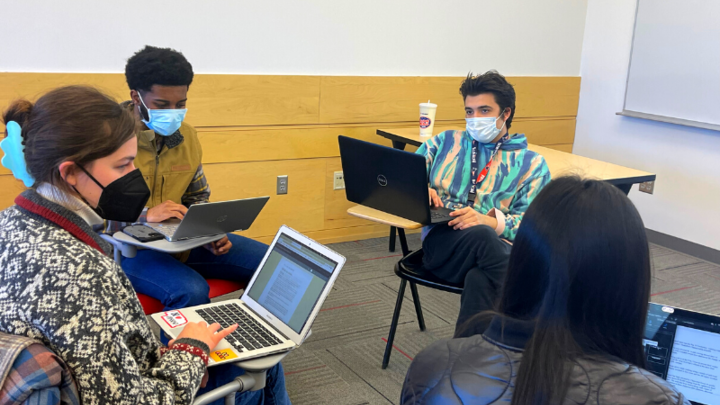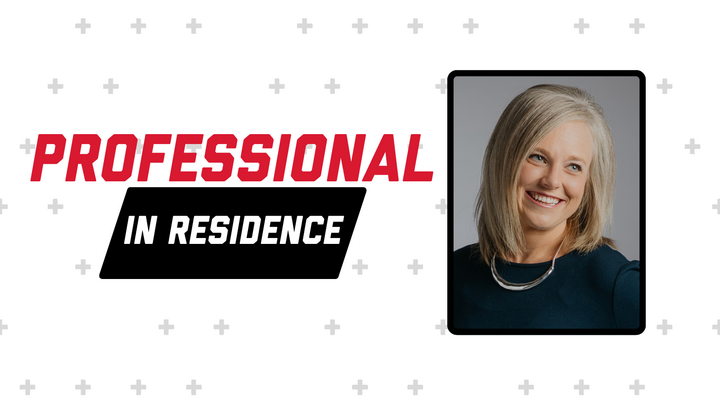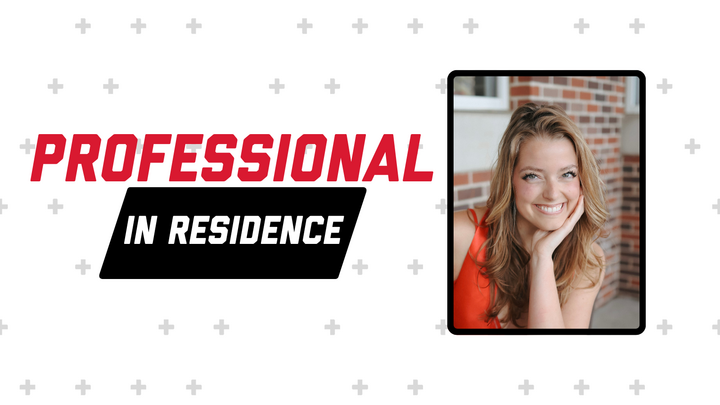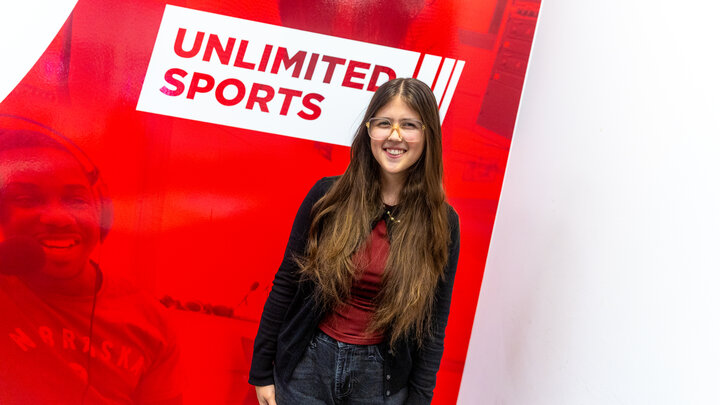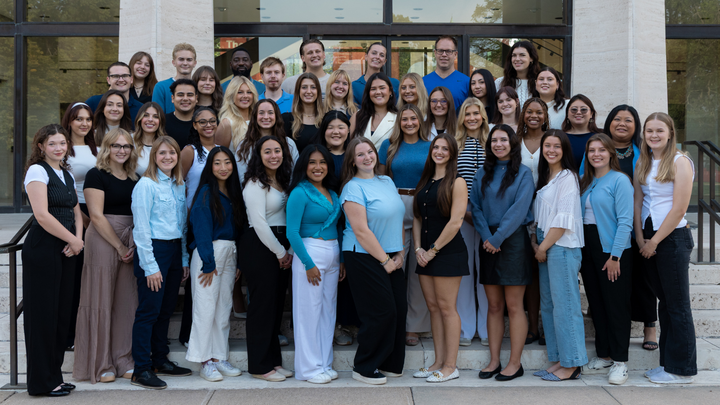In 2020, Professor of Broadcasting and Journalism Barney McCoy proposed a one-week news literacy class that examined misinformation, disinformation and malinformation in the media.
Misinformation is false, but not intentionally created or shared to cause harm. Disinformation is deliberately created to mislead, harm, or manipulate a person. Malinformation is based on fact that’s taken out of context to mislead, harm, or manipulate someone. It is frequently all lumped together and called “fake news.”
More than 70% of Americans who said they follow news and current events said fake news was a big problem in a 2021 Deloitte Digital Media Trends study. “Not surprisingly then, said McCoy, “there’s been confusion over what to believe in the news.”
After a successful run as a pop-up class, the College of Journalism and Mass Communications Dean Shari Veil and Associate Dean for Academic Programs Adam Wagler asked McCoy to convert the class into a three-credit course for the spring 2022 semester.
For part of the class, McCoy draws on his content analysis methodology training through Ad Fontes Media. The organization is known for its media bias chart. It rates news media stories for their bias and reliability. “Basically, separating good news from junk news,” McCoy said.
In one class activity, McCoy has students review contemporary news stories and rate them for bias and reliability. Then students compare their findings with those of Ad Fontes media analysts who review the same stories.
“It’s a great way for students to look at stories in the weekly news and measure and compare them for their reliability and bias. Other factors like accuracy, story sources, opinion, and depth of analysis also come into play,” McCoy said.
In another recent assignment, McCoy had students break into groups with each pretending to be a national online news outlet. He assigned each group seven identical news articles to rate based on each story’s importance and audience interest level. Each group then had to decide the order in which the stories were placed on their make-believe news websites.
“The purpose of exercises like these can better help us decide if what we’re reading, listening to and watching is accurate and newsworthy,” McCoy said. “It also helps students realize they don’t necessarily need to rely on one source when it comes to absorbing news and information.”
Senior broadcast news major McKenzie Johnson is one of the 27 students enrolled in McCoy’s “News Literacy: Trusting news in a hyper-polarized era” course. She hopes to be a television reporter and anchor after graduating from CoJMC. McKenzie said the course lines up perfectly with her career aspirations.
“I’m passionate about restoring the public's trust in the media,” Johnson said. “It is such a negative industry to be involved in right now, no one seems to think that news is there to keep them informed.”
Through the course, Johnson learned that everyone consumes news differently and that it’s important to be particular about where you’re getting news.
“I think this class would be useful for anyone, not just someone going into the media,” Johnson said. “Everyone could benefit from learning how to be a smart and conscious consumer of news.”
McCoy hopes students will find useful tools in his class that will make them smarter information consumers regardless of where their lives and careers may lead.
“Let’s face it,” said McCoy, every day we make decisions based what we read, hear and watch. The better we understand the purpose behind that information, the better we can use the reliable news to improve our lives and the lives of others.”
